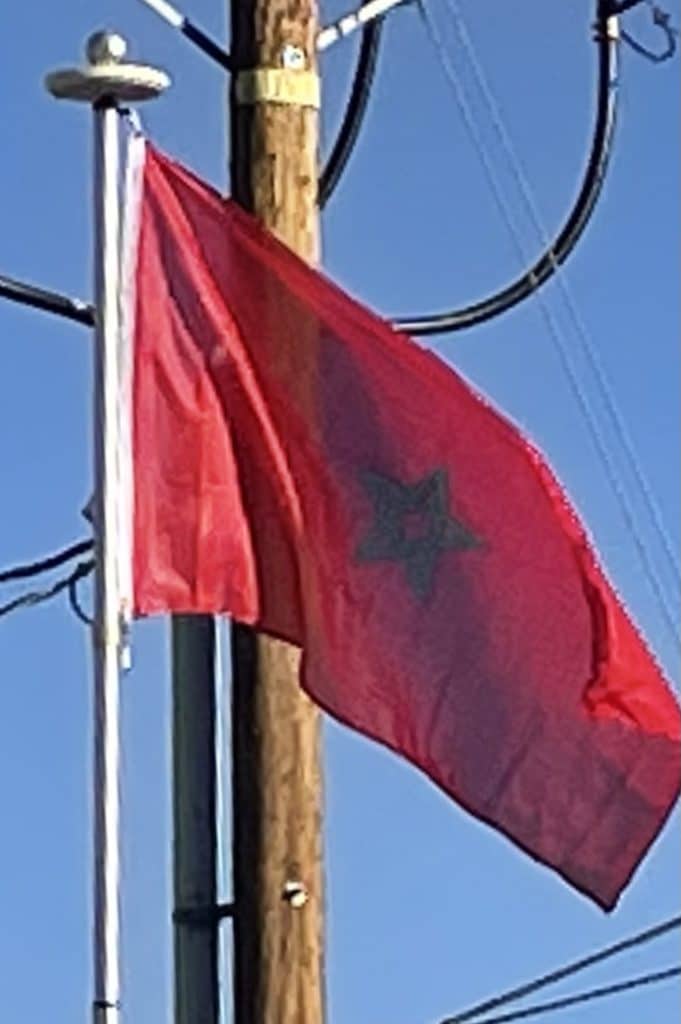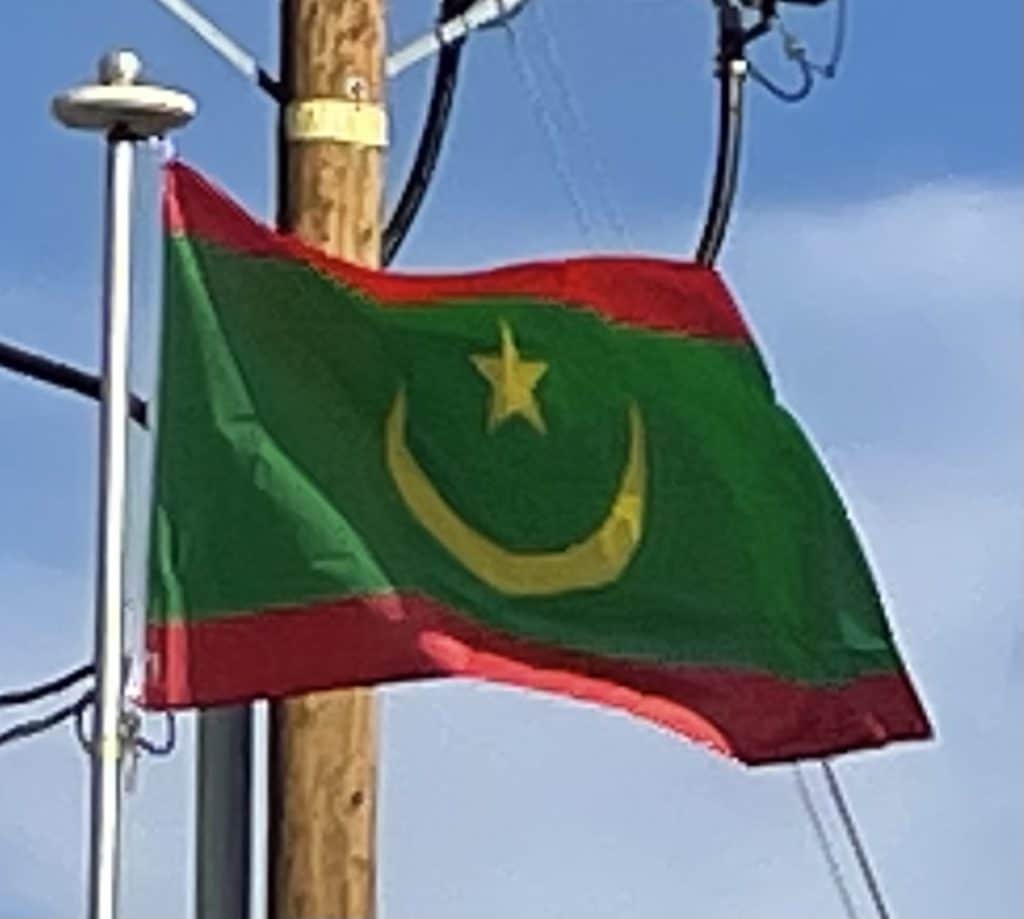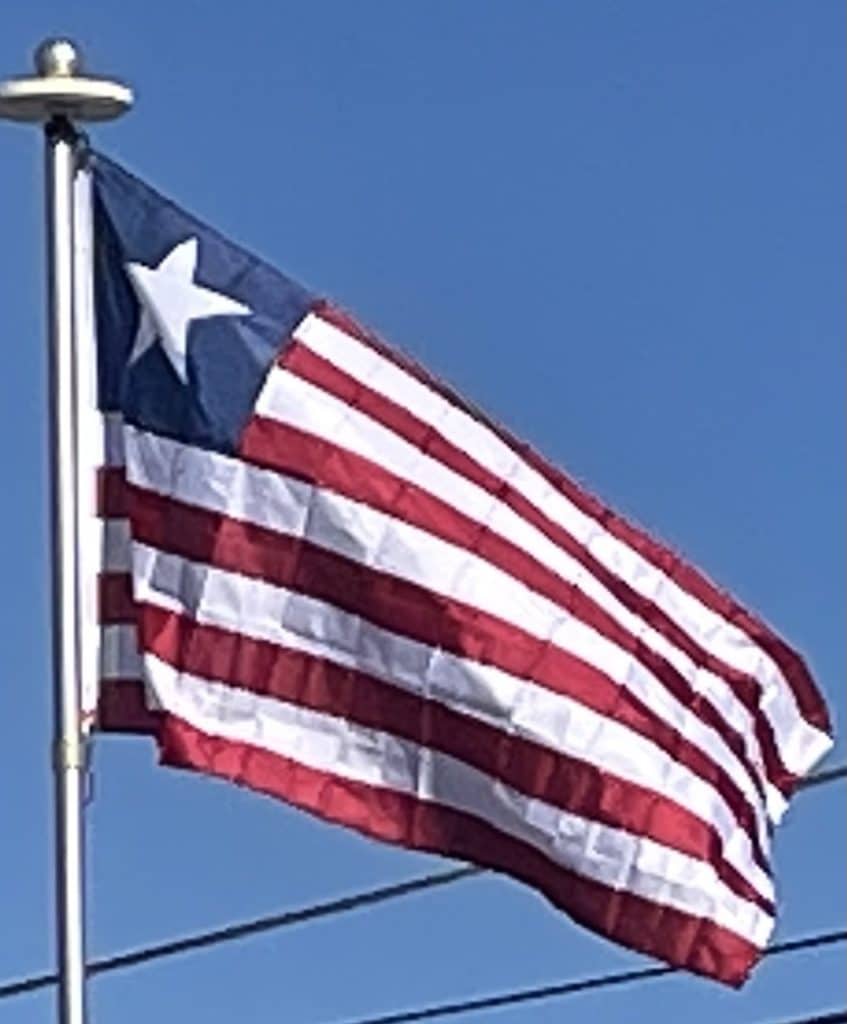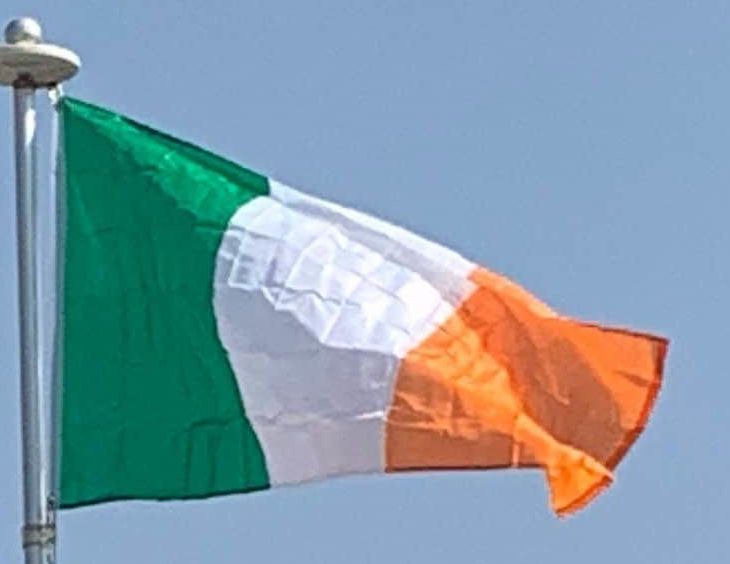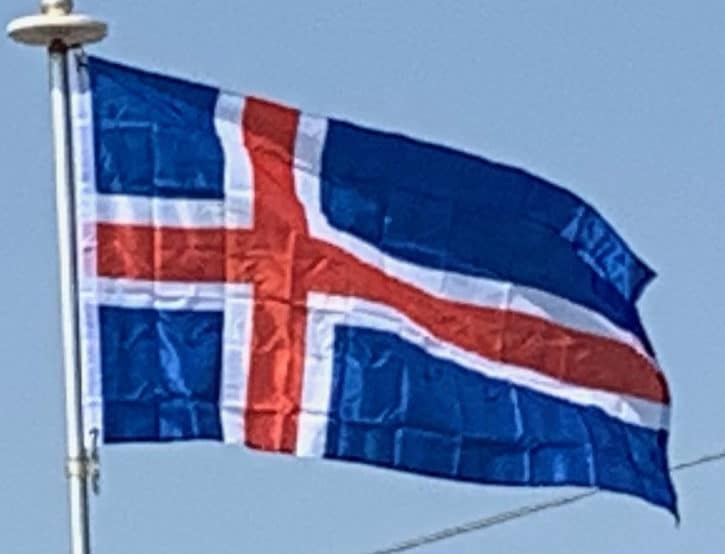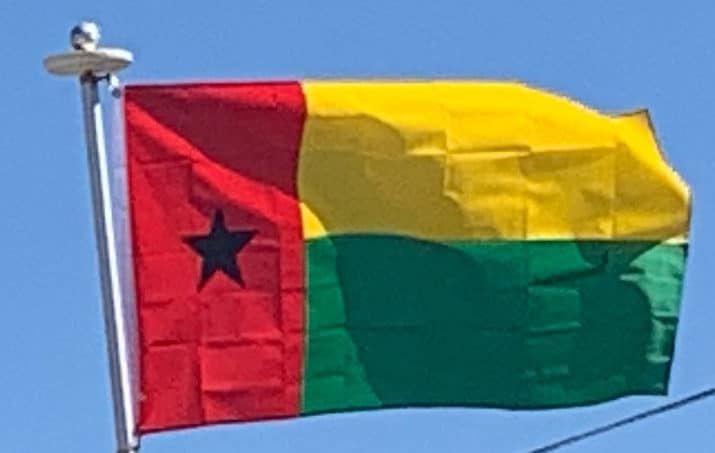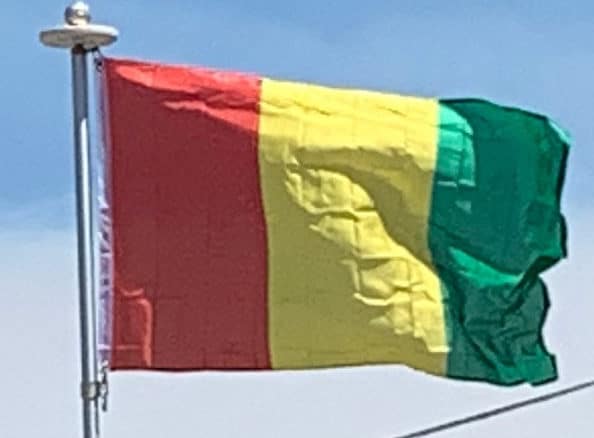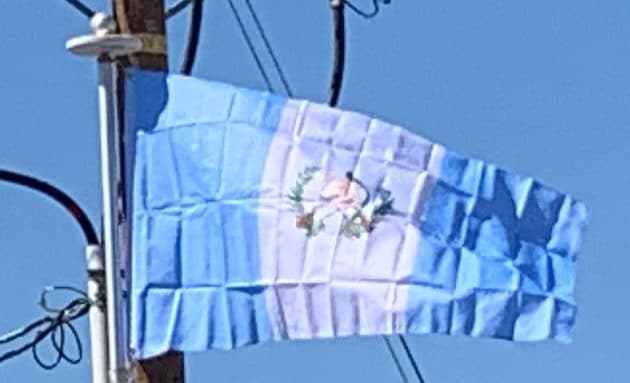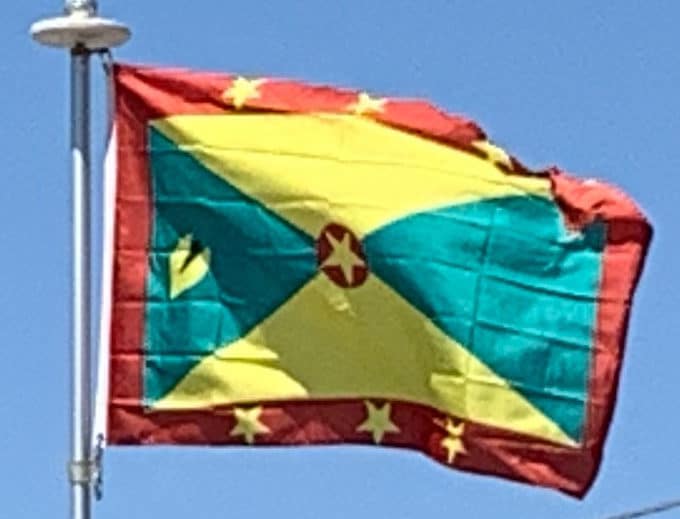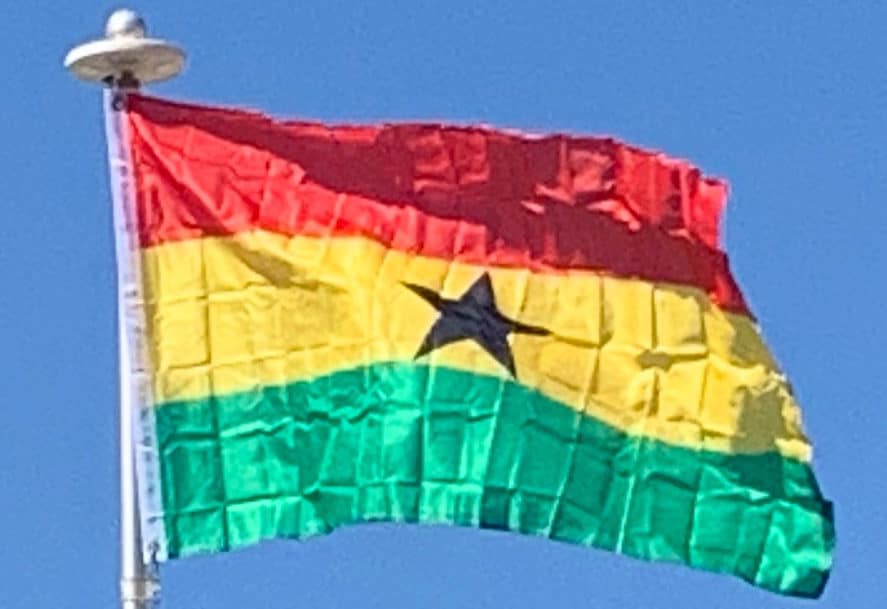Morocco
Red has considerable historic significance in Morocco, proclaiming the descent from royal Alaouite dynasty. This ruling house was associated with the Islamic prophet Muhammad via Fatimah, the wife of Ali, the fourth Muslim Caliph. Red is also the color that was used by the sharifs of Mecca and the imams of Yemen. From the 17th century on, when Morocco was ruled by the Alaouite dynasty, the flags of the country were plain red.
